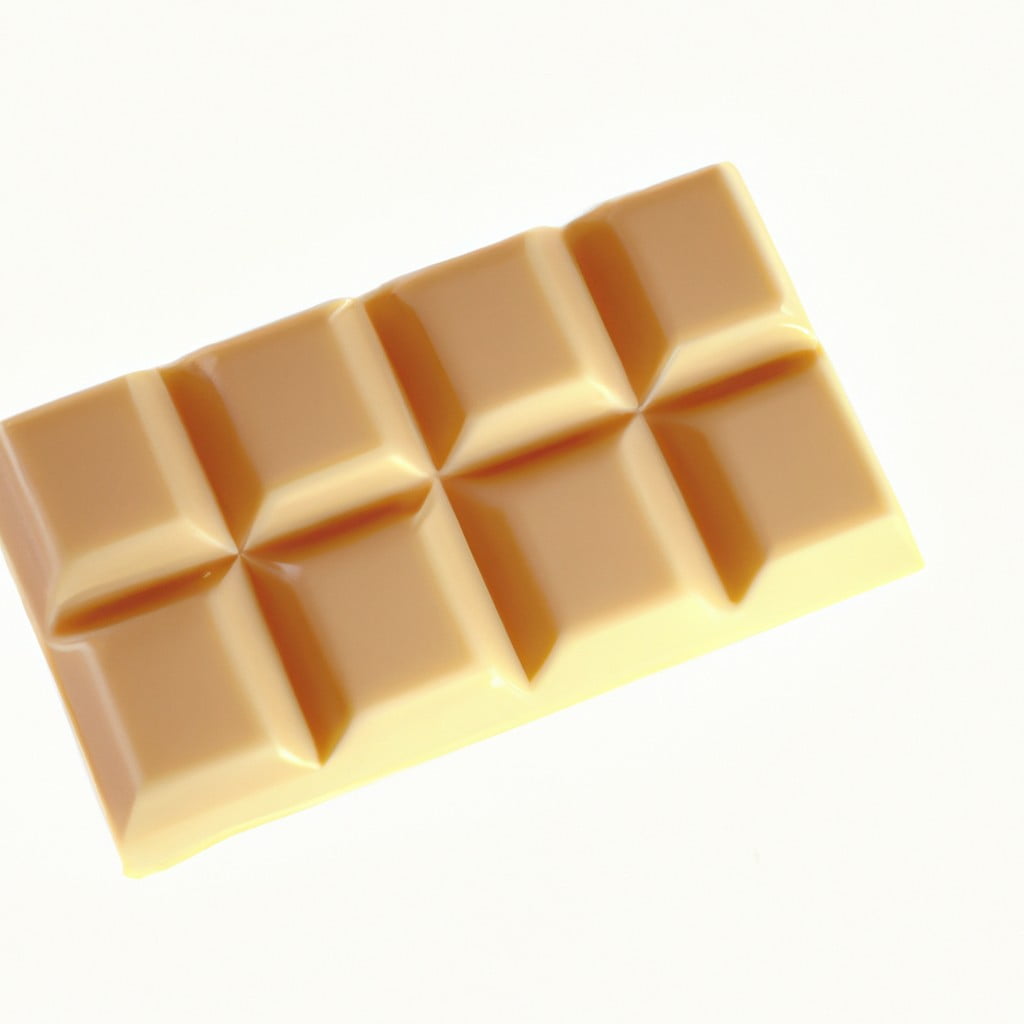Discover the science behind why chocolate turns white and what it means for the taste and quality of your favorite treat.
Key takeaways:
- Sugar bloom occurs when moisture dissolves sugar crystals on chocolate’s surface.
- Fat bloom happens when cocoa butter migrates to the surface due to temperature fluctuations or poor tempering.
- Bloomed chocolate is safe to eat, as the core ingredients do not harbor harmful bacteria easily.
- Proper storage, including cool and dry conditions with stable temperature and humidity levels, can prevent bloom.
- Refrigeration is necessary in warmer climates, but chocolate should be wrapped tightly to prevent moisture exposure.
Inside
Sugar Bloom

When exposed to moisture, the sugar in chocolate can dissolve. Upon drying, the sugar recrystallizes on the chocolate’s surface, presenting as a white, grainy coating. This process often occurs in environments where chocolate is subject to fluctuating temperatures and humidity levels, which can cause condensation.
To reduce the likelihood of this occurrence, it’s wise to store chocolate in a cool, dry place, tightly sealed to prevent exposure to ambient humidity.
Fat Bloom
Fat bloom occurs when the chocolate’s cocoa butter crystals migrate to the surface. This process typically happens due to one of two reasons: temperature fluctuations or poor tempering.
– Temperature changes make the fat crystals in chocolate unstable. When chocolate is exposed to warm conditions and then cools, the cocoa butter can separate and recrystallize at the surface, forming a white or grayish coating.
– Improper tempering, which is the controlled process of melting and cooling chocolate to stabilize it for making confections, can also lead to fat bloom. Correct tempering ensures that cocoa butter crystals are uniform, but if the chocolate cools too quickly or not evenly, unstable crystals can form, leading to a whitish appearance on the surface over time.
Maintaining a stable temperature and proper tempering technique are key to preventing fat bloom and preserving the quality and appearance of chocolate products.
What Causes Chocolate to Turn White?
The discoloration of chocolate, often termed as ‘bloom’, can be attributed to two primary causes: sugar bloom and fat bloom.
Sugar bloom occurs when moisture comes in contact with the chocolate. Humidity dissolves the sugar crystals on the chocolate’s surface, leaving a white, powdery residue once the moisture evaporates.
Fat bloom, on the other hand, happens when cocoa butter softens and then re-solidifies, which can arise from temperature fluctuations. This process leads to the cocoa butter migrating to the surface and crystallizing, creating a whitish-gray coating.
Temperature and humidity control are key to preventing both types of bloom. Storage in a stable environment will preserve the chocolate’s original appearance and texture.
Is Bloomed Chocolate Safe to Eat?
Concerns over the safety of bloomed chocolate are common, yet unwarranted. The white film – either sugar or fat crystals on the surface – does not indicate spoilage. Chocolate’s core ingredients, like cocoa solids and cocoa butter, do not harbor harmful bacteria easily, ensuring that bloomed chocolate remains edible.
The taste and texture may be slightly altered, but it poses no health risk if consumed within the product’s shelf life. For baking and cooking purposes, this chocolate can be melted down and used as normal, making it an entirely safe, albeit less visually appealing, option.
How to Prevent Chocolate Bloom
To preserve the quality and appearance of chocolate, it’s crucial to store it properly. First, ensure chocolate is kept in a cool, dry place with a consistent temperature, ideally between 65-68°F (18-20°C). Humidity can cause sugar bloom, so aim for an environment with less than 50% humidity.
For those who live in warmer climates, refrigeration may be necessary, but be sure to wrap the chocolate tightly in an airtight container to protect it from moisture and odors. When removing it from the fridge, allow the chocolate to come to room temperature before unwrapping to prevent condensation, which can lead to sugar bloom.
Moreover, protect chocolate from direct sunlight and any heat sources, as this can cause fat bloom due to temperature fluctuations. By keeping these storage conditions optimal, not only are you safeguarding against bloom, but you’re also ensuring that the flavors and textures remain as the chocolatier intended.
Related
- What Causes Chocolate to Turn White: Unveiling the Mystery of Fat Bloom
- Does Chocolate Go Bad? Understanding Shelf Life and Storage Tips
- How Long Does Chocolate Last? – Prolonging Your Sweet Treat’s Lifespan
- Mold on Chocolate: Causes, Safety, and Prevention Tips
- Can You Eat Expired Chocolate: Safe or Sorry?